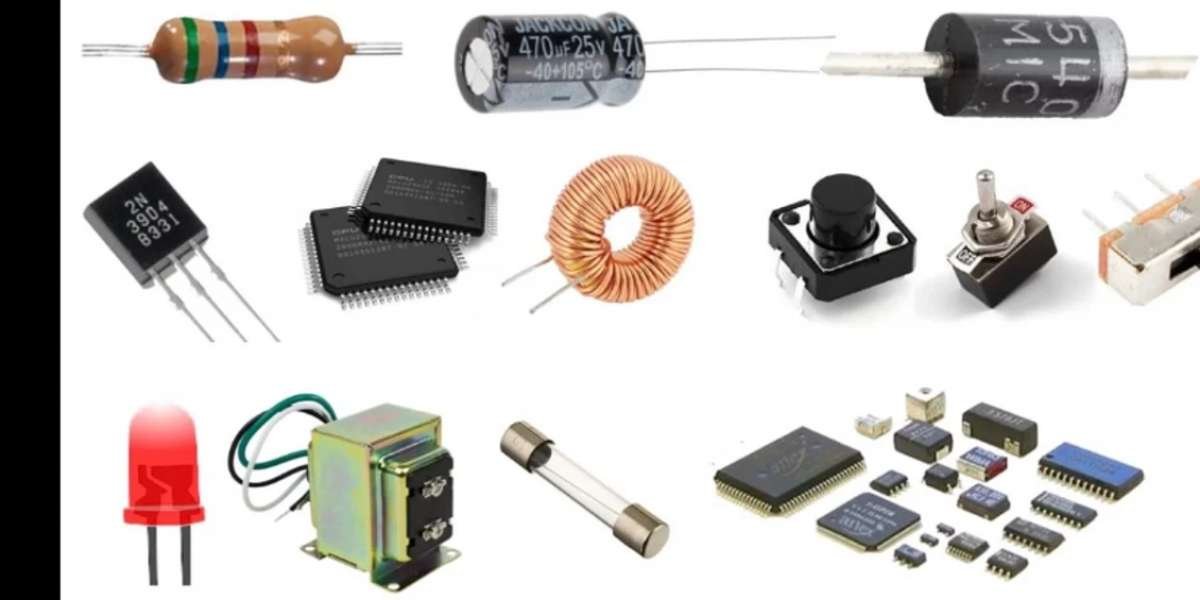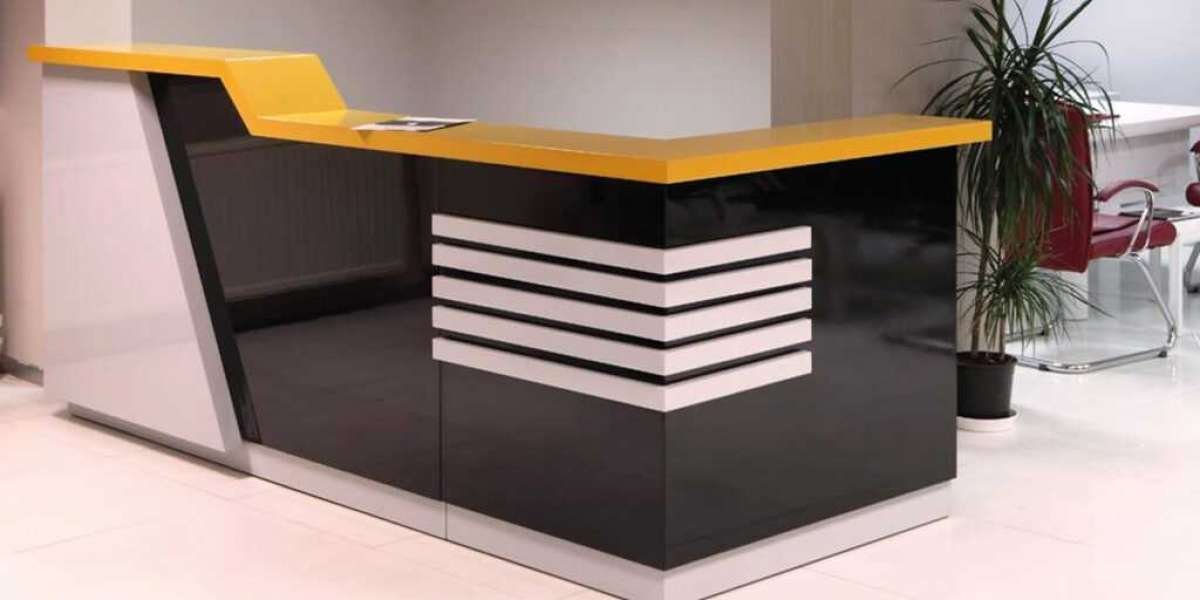Electrical components form the backbone of modern technology, enabling everything from powering homes to driving complex industrial machinery. Understanding these components is essential for anyone interested in electronics, engineering, or maintenance work. In this guide, we'll explore the different types of electrical components, their functions, and their applications in various fields.
Introduction to Electrical Components
Electrical components are the basic building blocks of any electronic system. They are used to create, modify, or regulate the flow of electric current in devices. Components vary widely in functionality, complexity, and purpose, but each plays a unique role in making circuits work efficiently and safely.
Basic Types of Electrical Components
Active Components
Active components are those that require an external power source to operate. They can amplify, oscillate, or control the flow of electricity. Common examples include:
- Transistors: Used as amplifiers or switches, transistors regulate the flow of current in electronic devices.
- Diodes: Allow current to flow in one direction only, preventing backflow and protecting circuits.
- Integrated Circuits (ICs): Complex devices that contain multiple electrical components, allowing for highly efficient circuits.
Passive Components
Passive components do not generate or amplify power but are essential for managing current and voltage levels in circuits. Examples include:
- Resistors: Limit the flow of current, protecting components from damage due to excessive current.
- Capacitors: Store and release energy as needed, helping to smooth power supply fluctuations.
- Inductors: Store energy in a magnetic field, commonly used in power supplies and signal processing.
Power Components
Power components manage and distribute power within circuits. They are commonly found in electrical systems requiring stable power output, such as home appliances and industrial machines.
Transformers
Transformers adjust the voltage levels in a circuit, stepping up or stepping down the voltage as required by the application. They are crucial in power distribution networks to manage high and low voltage requirements.
Relays and Switches
- Relays: Electrically operated switches that control a circuit by a separate low-power signal, often used in automation systems.
- Switches: Simple mechanical devices that manually control the flow of current by opening or closing a circuit.
Protective components
Protective components help safeguard electrical systems from faults and overloads, preserving device integrity and ensuring user safety.
Fuses
Fuses protect circuits by breaking the connection if the current exceeds a certain level. This prevents overheating and damage to the system.
Circuit Breakers
Similar to fuses, circuit breakers interrupt the current flow during overload or short circuit. However, they can be reset and reused, making them practical for frequent protection needs.
Signal Processing Components
Signal processing components modify, amplify, and transmit electrical signals within a circuit. They are essential in communication systems, audio processing, and digital applications.
Oscillators
Oscillators generate periodic waveforms (such as sine waves) and are integral to producing clock signals in computers and other digital devices.
Filters
Filters selectively block or allow specific frequencies, used in audio systems to adjust bass and treble, or in radio equipment to filter noise.
Measurement Components
Measurement components track and report electrical values within a circuit, crucial for diagnostics and calibration in electronic devices.
6.1 Multimeters
Multimeters measure voltage, current, and resistance, providing a comprehensive tool for testing and troubleshooting circuits.
6.2 Oscilloscopes
Oscilloscopes visualize electrical signals over time, showing waveform shapes and frequencies. They are essential for analyzing signal properties and diagnosing issues in complex circuits.
Applications of Electrical Components in Various Industries
Electrical components are found across multiple industries, including:
- Automotive : Used in control systems, ignition, and safety devices.
- Telecommunications : Powering devices that enable wireless and broadband communication.
- Healthcare : Found in diagnostic machines, imaging systems, and life-support equipment.
- Consumer Electronics : In smartphones, computers, and home appliances. Read more: Electrical Component Supplier
Conclusion
Understanding electrical components is crucial for working with or designing electronic systems. Each component type, from resistors to integrated circuits, serves a distinct function, ensuring the safe and efficient operation of electronic devices. With the rapid advancements in technology, knowledge of these components remains valuable for professionals in electronics and electrical engineering fields.



